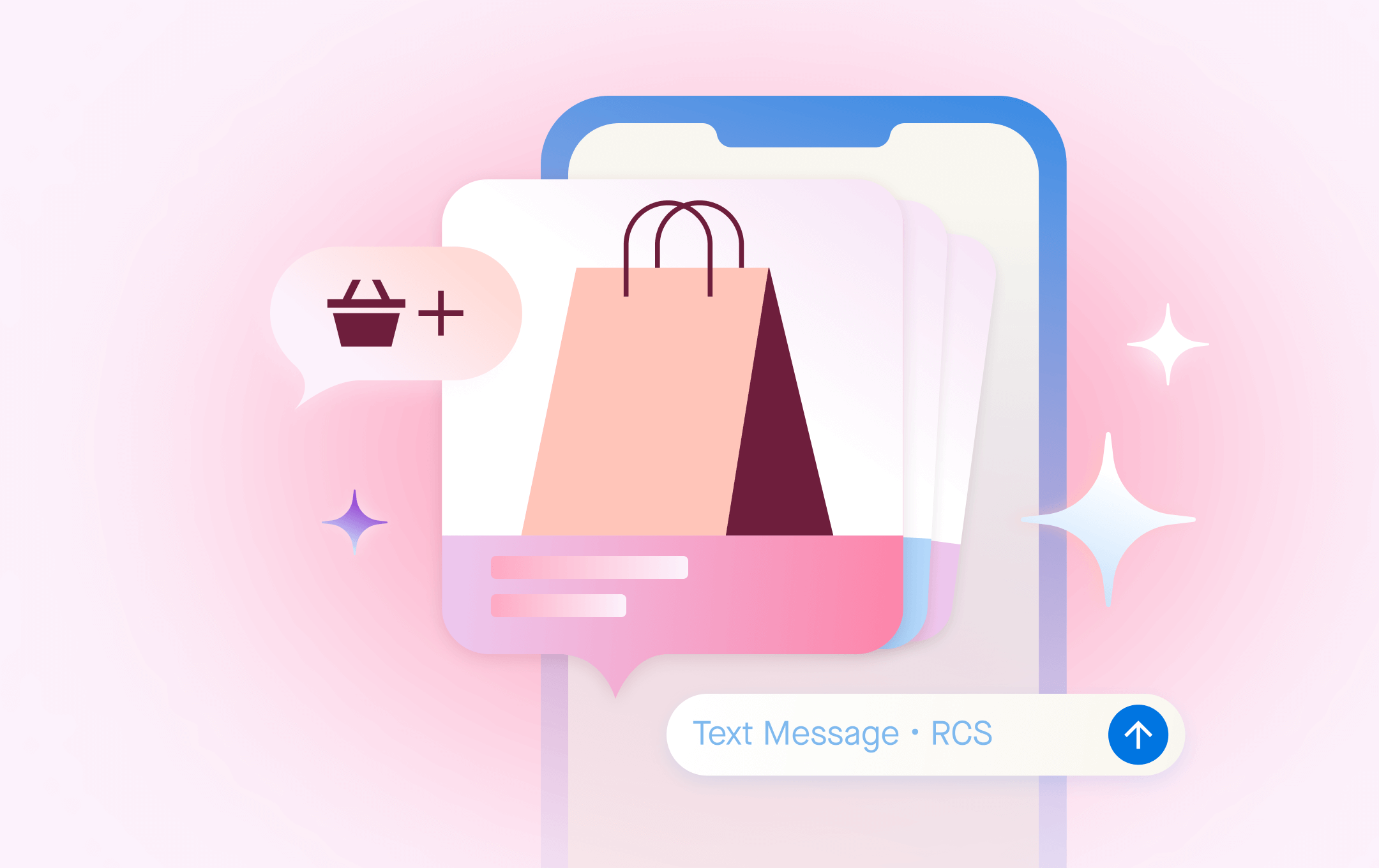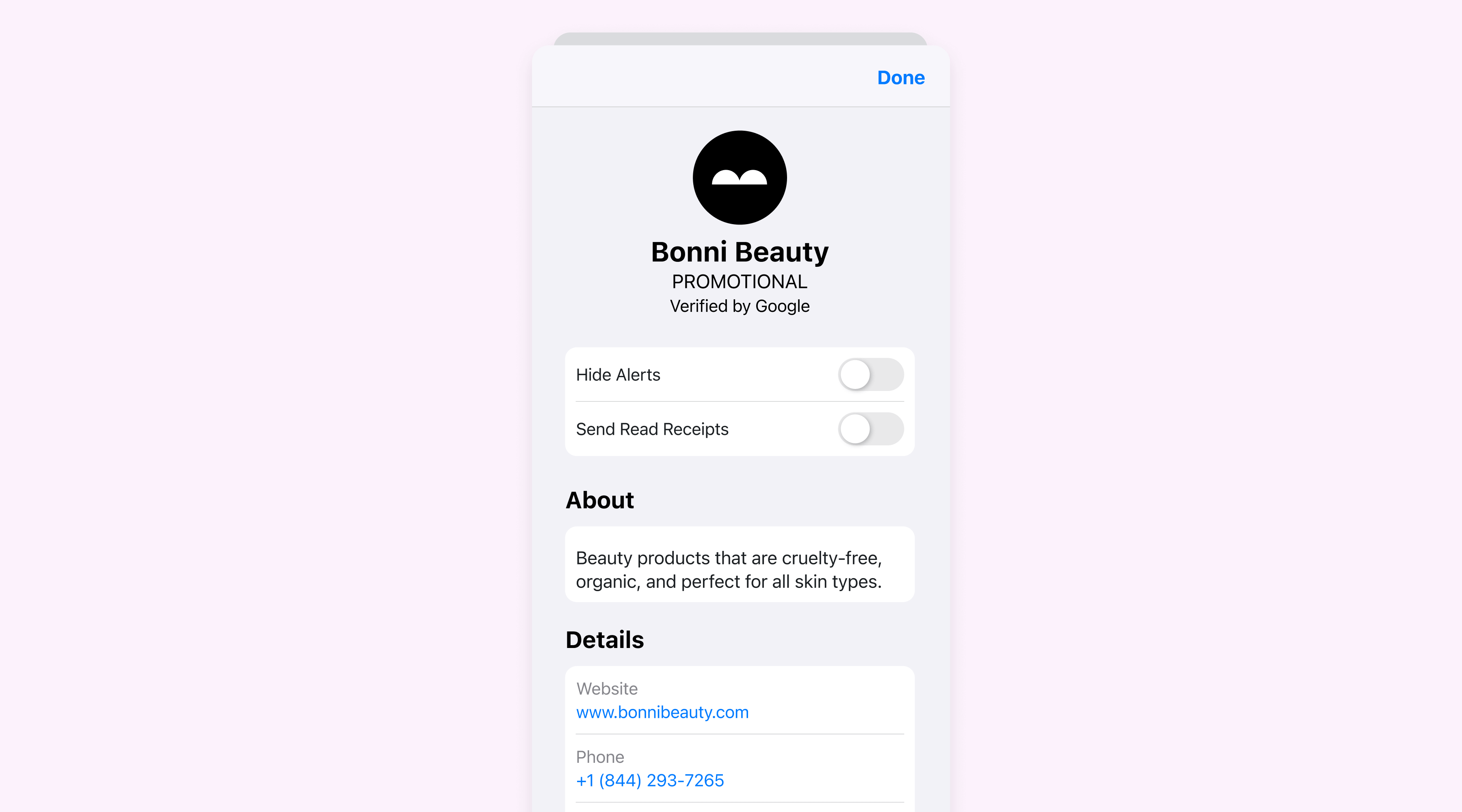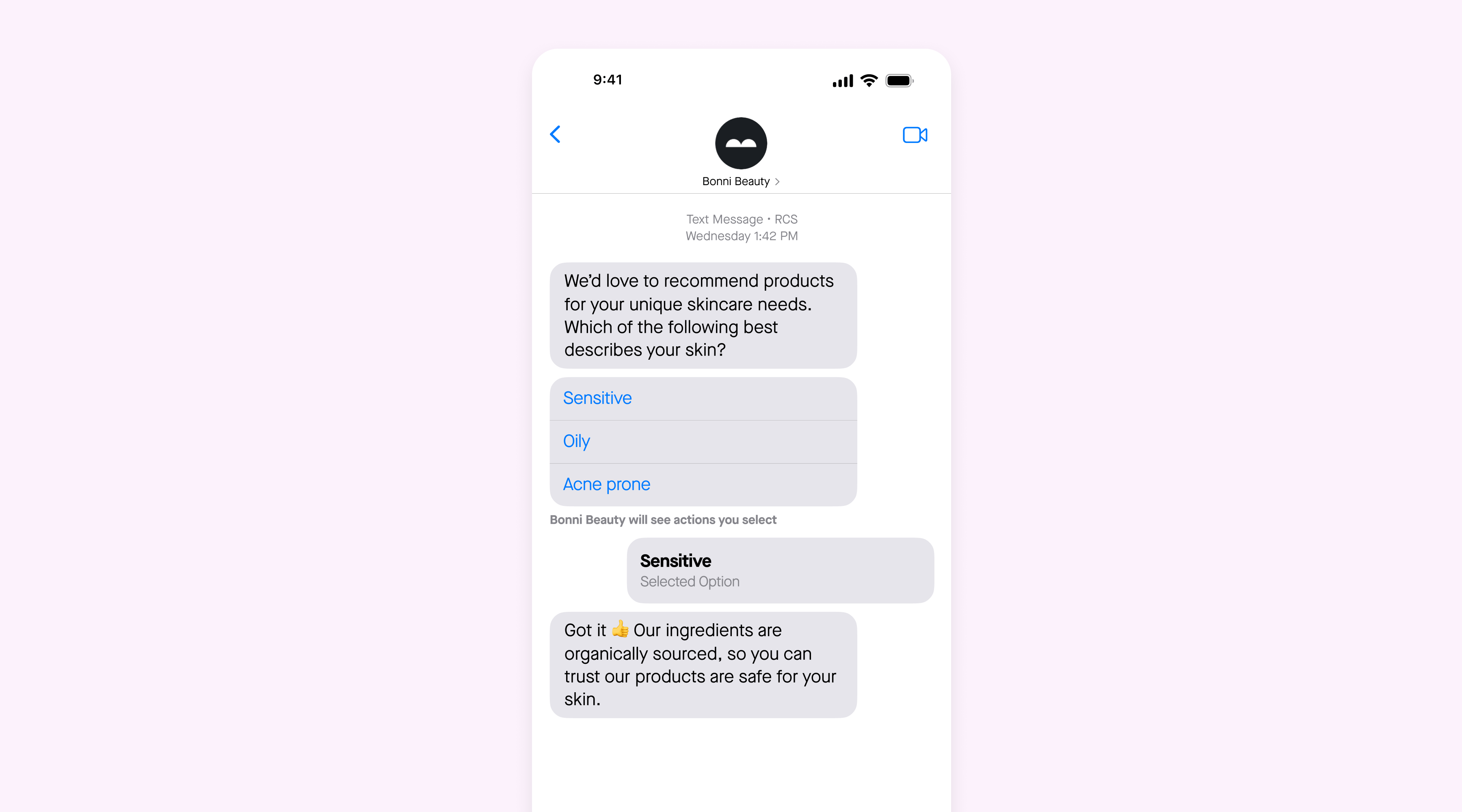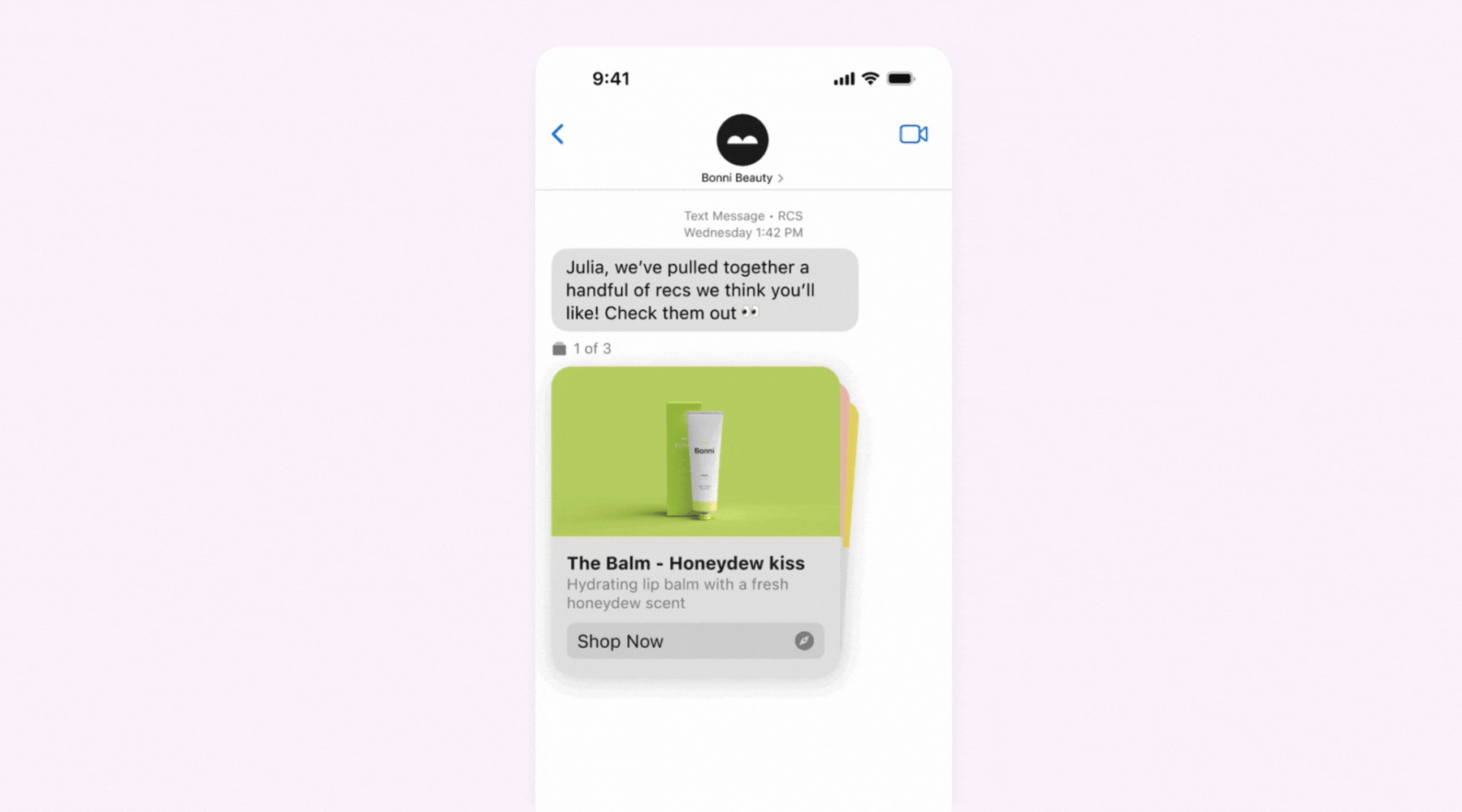
New releases
A smarter, simpler Attentive
Explore new features →
Explore new features →

2025 will be the year we get this RCS Business Messaging show on the road. Many marketers find themselves navigating unfamiliar territory as this next generation of messaging begins to emerge. As more and more conversations are had, we're starting to hear similar questions across industries and verticals.
From implementation complexities to ROI concerns, the uncertainty is understandable. After all, adopting any new communication channel requires careful consideration, especially one that promises to fundamentally change how brands interact with their customers. Through our ongoing conversations with marketing teams across verticals, we've identified the most pressing questions that keep surfacing about RCS Business Messaging.
We'll cut through the complexity and address these frequently-asked questions head-on, giving you the clarity needed to make informed decisions about incorporating RCS Business Messaging into your marketing stack.
Rich Communication Services (RCS) is the next generation of mobile messaging. The protocol owned by Google, is hosted over the data network (unlike SMS or MMS, which is sent over the cellular network).
RCS Business Messaging is the business-to-consumer version of the RCS channel. It’s enabling richer messaging and shopping experiences for consumers. This includes verified senders, product promotion tools like rich media cards and carousels, and interactive content like suggested replies and actions.
The RCS Business Messaging channel is an “A2P” (application-to-person) channel, meaning it’s explicitly reserved for brands that have been reviewed and approved by carriers.
An RCS Agent is a branded sender that’s been verified by the carriers & Google, and includes pre-populated information about your brand (i.e. name, contact information, and more).
When receiving an RCS message as a subscriber, they’ll receive it from “Your Brand” instead of a long code or a shortcode, as was previously the experience with SMS & MMS. This means that every interaction with your brand through the text channel will be both branded, and trustworthy.
The vast majority of devices in the US are now enabled to receive RCS messages:
While most devices are enabled, carriers are still defining the RCS roll-out in the US, expected to start scaling in the second half of the year.
With Apple’s release of iOS 18.1 in October, 2024, Apple announced that RCS messages were officially supported on all Apple devices running iOS 18.1 and later. The vast majority of US consumer devices will be able to receive RCS messages very soon.
RCS Business Messaging includes a whole host of messaging features that aren’t supported on SMS or MMS. These new features fall into three categories:
Verified Sender: Verification gives subscribers trust in the messages they receive, which may increase CVRs.
Custom Branding: Companies can keep brand consistency by embedding brand elements such as name, logo, and colors on screen without needing a contact card.

Suggested Replies and Actions: Clickable buttons embedded within the rich media card or displayed separately make it simple for the user to respond to the image or open the link in a web browser, or inside an app.

Rich Media Cards: Including rich content like images, GIFs, documents, location info, and audio/video.
Rich Media Carousels: Combining rich media cards into a single interactive unit allows businesses to provide a chat-app experience in the messaging inbox without installing additional apps.

One thing to note about the rich media capabilities, is the fact that the new max file size will be 100 MB, compared to the 500 KB today. This alone will give brands the ability to send more engaging pieces of content.
The most exciting thing about RCS Business Messaging is that it’s a rapidly evolving channel. New features and capabilities will be developed as the channel continues to evolve.
RCS combined with AI will unlock true 1:1 personalized shopping experiences at scale. It offers the promise of enabling business-to-consumer two-way messaging at scale—and bringing the online shopping experience into messaging directly.
This is the first truly significant, generational shift in the mobile messaging space since the launch of SMS / MMS. It has the potential to completely change the way brands using Attentive interact with consumers.
First, RCS Business Messaging is a fully branded and trustworthy experience. Instead of receiving a message from a short or long code, subscribers will receive a message from what’s called an “RCS Agent.” An RCS Agent is a branded sender that’s been verified by the carriers and Google, and includes pre-populated information about your brand (i.e., name, contact card, etc.).
Second, it's is more engaging. It unlocks a number of new content types that we expect to improve a subscriber’s experience when interacting with a brand. This includes new features like rich media cards (with clear CTAs), full-resolution video and images, and multi-product “swipeable” carousels.
Third, RCS Business Messaging is a more personalized and interactive experience. New features, like suggested replies and suggested actions make it easy and intuitive to encourage subscribers to engage with experiences (and, as a result, capture valuable first-party data).
While the RCS Business Messaging protocol is standardized across the industry, the actual UI/UX experience differs slightly between Android and iOS (similarly to how SMS/MMS display slightly different across the two operating systems). All functionality available on one operating system will be available on the other, but the experience varies ever-so slightly.
Now that both Android and iOS devices support RCS Business Messaging, brands have an unprecedented opportunity to reach virtually all smartphone users with more engaging, personalized, and trustworthy messaging experiences. As this technology continues to evolve and new capabilities emerge, particularly when combined with AI-driven personalization, RCS Business Messaging isn't just another channel—it's the foundation for the next generation of customer engagement.
For brands looking to stay ahead of the curve in mobile marketing, understanding and implementing RCS Business Messaging isn't just an option—it's becoming an essential strategy for future success.
Looking to learn more about RCS Business Messaging? Check out our RCS Content Hub, where you can find more articles like the ones below: